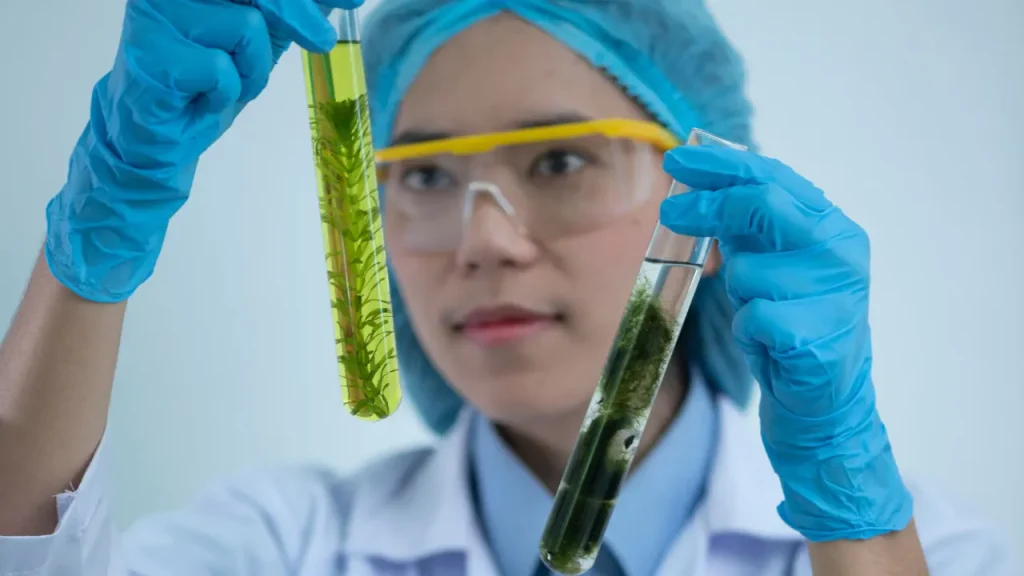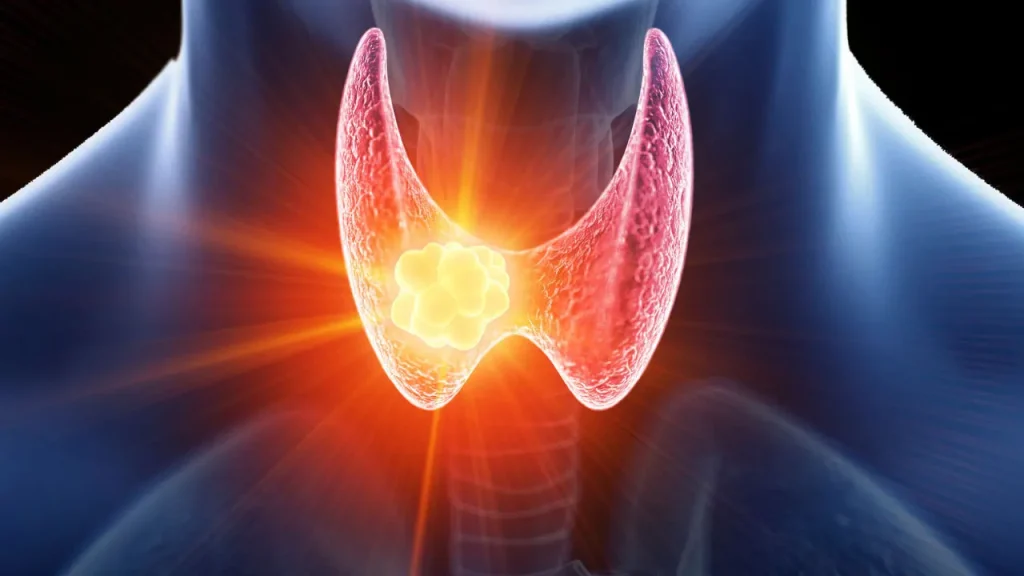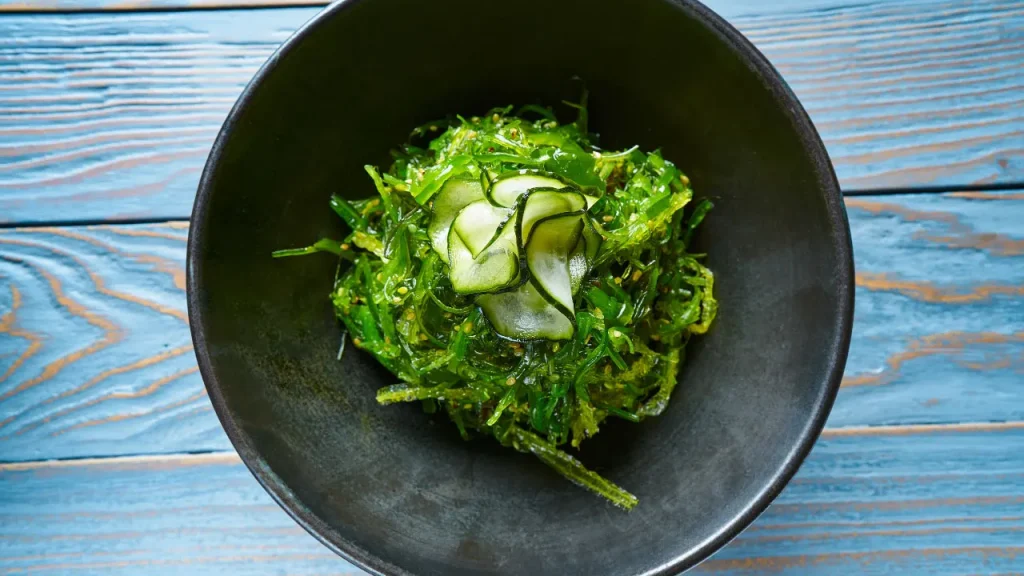Brown Algae are A varied group of multicellular marine organisms. Brown Algae are also members of the phylum Phaeophyceae. They are found globally in a variety of coastal habitats. They are essential to marine ecosystems because they provide a range of marine creatures with food and refuge. The potential health advantages of Brown Algae and their uses in the food, pharmaceutical, and nutraceutical sectors have drawn attention throughout time, including now. This article provides an in-depth analysis of the chemical makeup of Brown Algae. Analysis along with information on possible health advantages, recommended dosages, adverse effects, drug interactions, and responsible usage as dietary supplements are present in this article.
You May Also Like:
Sunmed CBD vs. Partnered Process CBD: Finding the Best CBD for Sleep
Should You Worry About Alpha Brain Side Effects? 5 Alternative Ways to Boost Your Brain Power
Brown Algae: Benefits, Dosage, Side Effects, Drug Interactions, and Other Important Information is an original (NootropicsPlanet) article.
Nature of Brown Algae
The phylum Phaeophyceae includes between 1,500 and 2,000 species. These species are mostly found in cold, temperate coastal water. Brown Algae is one of the members of this phylum. These microscopic creatures come in a broad variety of shapes and sizes, from tiny filamentous species to enormous, intricate forms like kelps that may grow to lengths of up to 60 meters. The colors of Brown Algae come from chemicals contained within them. Fucoxanthin, a dominant xanthophyll pigment that obscures other pigments including chlorophylls a and c, beta-carotene, and other xanthophylls, gives these algae their distinctive brown hue.
Health Benefits of Brown Algae
People from/in Asian nations have long ingested Brown Algae because of its potential health advantages. The knowledge of the health benefits are spreading to other parts of the world. Due to their bioactive components, scientific study shows that these marine species have the ability to prevent and cure a variety of ailments.
- Phlorotannins and fucoxanthin are powerful antioxidants that aid in the neutralization of free radicals and the prevention of oxidative stress. This form of stress is scientifically linked to multiple chronic illnesses. Also, the components of Brown Algae may alter inflammatory pathways, which lowers inflammation and the illnesses it is associated with.
- Brown Algae extracts and their bioactive ingredients have shown remarkable anticancer potential. In several in vitro and in vivo investigations, phlorotannins, fucoidans, and fucoxanthin have shown the capacity to suppress cancer cell growth, induce apoptosis, and prevent metastasis. These substances affect the immune system and cell signaling pathways to produce their anticancer effects, among other processes.
- Cardiovascular Health: Fucoidans, a kind of polysaccharide found in Brown Algae have anticoagulant and antithrombotic properties. Furthermore, the high concentration of PUFAs like EPA and DHA helps to preserve cardiovascular health by decreasing blood pressure, increasing cardiac function, and reducing triglycerides.
- Neuroprotective Effects: Research has shown that antioxidants found in Brown Algae help fend against neurodegenerative illnesses by lowering oxidative stress and inflammation in the brain.
- Weight Control: By encouraging fat oxidation and limiting lipid buildup, fucoxanthin has shown potential positive outcomes in weight control.

Chemical Composition of Brown Algae
The complicated chemical makeup of Brown Algae varies based on the species, region, and environmental conditions. While this is true, the main ingredients are made up of lipids, minerals, proteins, and carbs. Brown Algae are also well-known for their distinctive bioactive substances, such as phlorotannins, fucoidans, and fucoxanthin.
- Carbohydrates: Fucoidans, laminarin, and alginates are the three main types of carbohydrates found in Brown Algae. Alginates are mannuronic and guluronic acid-based linear polysaccharides. They are often used as thickening and gelling agents in the food sector. A storage glucan called laminarin is made up of glucose units connected by 1,3 and 1,6 glycosidic linkages. It has the potential to improve health in ways such as anti-inflammatory, antioxidant, and anticancer properties.
- Proteins: From 3 to 15% of the dry weight of Brown Algae are proteins. They include significant concentrations of glutamic acid, aspartic acid, and alanine among other necessary amino acids.
- Lipids: Brown Algae only have 1–5% of their dry weight in lipids, the bulk of which are glycolipids and phospholipids. Thus, they are a source of polyunsaturated fatty acids (PUFAs), which are crucial for human health and include eicosapentaenoic acid (EPA) and docosahexaenoic acid (DHA).
- Minerals: Iodine, potassium, calcium, magnesium, and iron are some among the vital minerals abundant in Brown Algae. They contain a lot of iodine, which is essential for healthy thyroid function.
- Phlorotannins are a class of polyphenolic substances found only in Brown Algae. They display a range of biological behaviors, including anti-inflammatory, antiviral, antioxidant, and anticancer qualities.
- Fucoidans are intricate polysaccharides that mostly include L-fucose and sulfate groups. Fucoidans have shown a wide range of biological activity, including impacts on clotting, tumors, viruses, and the immune system.
- Fucoxanthin: This carotenoid pigment gives Brown Algae their distinctive hue. It has anti-inflammatory, antioxidant, and anti-obesity qualities.
Physiological Mechanisms of Action
The bioactive substances included in Brown Algae work via a number of physiological pathways to promote human health.
- Antioxidant Mechanisms: Fucoxanthin and phlorotannins, which are strong antioxidants, counteract potentially damaging free radicals in the body. They aid to prevent oxidative damage to DNA and cells, hence reducing the risk of developing chronic illnesses including cancer, heart disease, and neurological disorders.
- Anti-inflammatory Mechanisms: The nuclear factor kappa B (NF-B) and mitogen-activated protein kinase (MAPK) pathways, among others, may be modulated by Brown Algal components. They may prevent the generation of pro-inflammatory cytokines and enzymes by blocking these pathways, which reduces inflammatory reactions.
- Anticancer Mechanisms: Phlorotannins, fucoxanthin, and fucoidans may suppress the growth of cancer cells and trigger apoptosis, a kind of programmed cell death that stops cancer cells from metastasizing. Additionally, they have the ability to prevent angiogenesis, crucial for the development of new blood vessels and the spread of tumors.
- Cardiovascular Mechanisms: By preventing the activation of platelets and coagulation factors, fucoidans have anticoagulant and antithrombotic actions. In addition, the omega-3 fatty acids in Brown Algae may lower blood triglyceride levels, blood pressure, and inflammation, which will benefit cardiovascular health.
- Neuroprotective Mechanisms: Brown Algae antioxidants may get across the blood-brain barrier to have an impact on neuroprotection. They may lessen neuroinflammation and oxidative stress, two important elements in neurodegenerative illnesses including Alzheimer’s and Parkinson’s.
- Mechanisms for Weight Management Fucoxanthin may improve fat oxidation and prevent fat cells from differentiating, which can aid with weight control. It causes the protein UCP1 to become active, which stimulates the creation of heat in adipose tissues and aids in the burning of fat.
The usage of Brown Algae should be thought of in the context of a general healthy diet and lifestyle, just as with any dietary supplement.

Optimal Dosage and Side Effects
The best dose of Brown Algae or its components varies depending on the user’s age, health, and the particular species or extract of Brown Algae being utilized. Clinical investigations have used a range of dosages, with some research utilizing fucoidan daily doses between 100 mg and 3 g. When you are utilizing supplements made from Brown Algae, it is important for you to adhere to the prescribed dose given by medical specialists or manufacturers.
Although Brown Algae are often thought to be safe for food, there may be some adverse effects, especially at large quantities. Gastrointestinal issues including bloating, diarrhea, or constipation may be among them. Brown Algae have a high iodine concentration, thus consuming too much of them might cause thyroid malfunction, especially in those who already have thyroid issues.
Side Effects
Although Brown Algae are often thought to be safe for human consumption, negative effects might happen, especially if taken in high doses or as a supplement. The high levels of iodine and distinctive polysaccharide components in Brown Algae are mostly to blame for these effects.
- Digestive Discomfort: Some people may have digestive problems including bloating, diarrhea, or constipation, especially when incorporating Brown Algae into their diets for the first time or after taking excessive amounts of it.
- Thyroid Dysfunction: Iodine, essential for thyroid function, is especially abundant in Brown Algae. However, high iodine intake may cause thyroid malfunction. Excessive iodine consumption may aggravate conditions like hyperthyroidism (overactive thyroid) or hypothyroidism (underactive thyroid).
- Allergic Responses: Although they are uncommon, allergic responses to Brown Algae may happen and cause symptoms including skin rashes, itching, shortness of breath, and facial or throat swelling.
- Heavy Metal Contamination: Depending on the region from where the Brown Algae is harvested, there may be a danger of heavy metal contamination from contaminated waterways, including lead and arsenic. Chronic exposure to these heavy metals may affect the body and damage the kidneys and nervous system.
- Medication Interactions: As previously noted, Brown Algae, notably the polysaccharide fucoidan, may interact with several medicines, such as anticoagulants or antiplatelet agents, thereby raising the risk of bleeding.
Before adding Brown Algae to your diet, like with any dietary supplement, it’s crucial for you to speak with a healthcare provider, especially if you have a pre-existing medical condition or are on medication. Some of these possible negative consequences may be reduced by the proper usage of Brown Algae, which includes procurement from reputable and sanitary locations.

Potential Substance Interactions
Brown Algae and other chemicals might interact, just as they could with any dietary supplement. Fucoidans’ anticoagulant properties may complement those of anticoagulant medications, thereby increasing bleeding risk. Therefore, before using supplements based on Brown Algae, those taking anticoagulant or antiplatelet medicine should speak with a healthcare provider. The high iodine concentration of Brown Algae further raises the possibility of interactions with thyroid medicines.
Responsible Use of Brown Algae
Brown Algae are a great source of bioactive chemicals with potential health advantages as dietary supplements. These shouldn’t, however, take the place of a balanced diet and a healthy way of life. The origin of Brown Algae must be taken into account since environmental conditions might change their makeup and increase the likelihood that they will be contaminated with heavy metals or other contaminants. Continuing on, people should seek the advice of medical specialists before beginning any supplement program, especially if they have pre-existing problems or are on medication.

Brown Algae:
Conclusion
Many species of seaweed and algae are safe for human consumption. Most of these edible species are high in nutritional value and have history as part of cuisine. Brown Algae is counted among these species. Due to its chemistry and nutritional value, please consult medical professionals before consumption. It contains great ingredients that can benefit your health, but there is a chance for negative effects without proper guidance. Join in the long tradition of eating Brown Algae for your health. Its physiological mechanisms of action are plentiful and powerful!
References:
- “Bioactive compounds in seaweed: functional food applications and legislation.” Retrieved from: https://link.springer.com/article/10.1007/s10811-010-9632-5
- “Seaweeds for food and industrial applications.” Retrieved from: https://www.intechopen.com/books/food-industry/seaweeds-for-food-and-industrial-applications
- “The Potential Health Benefits of Seaweed and Seaweed Extracts.” Retrieved from: https://www.researchgate.net/publication/260813837_The_potential_health_benefits_of_seaweed_and_seaweed_extracts_In_Seaweed_Ecology_Nutrient_Composition_and_Medicinal_Uses
Important Note: The information contained in this article is for general informational purposes only, and should not be construed as health or medical advice, nor is it intended to diagnose, prevent, treat, or cure any disease or health condition. Before embarking on any diet, fitness regimen, or program of nutritional supplementation, it is advisable to consult your healthcare professional in order to determine its safety and probable efficacy in terms of your individual state of health.
Regarding Nutritional Supplements Or Other Non-Prescription Health Products: If any nutritional supplements or other non-prescription health products are mentioned in the foregoing article, any claims or statements made about them have not been evaluated by the U.S. Food and Drug Administration, and such nutritional supplements or other health products are not intended to diagnose, treat, cure, or prevent any disease.


